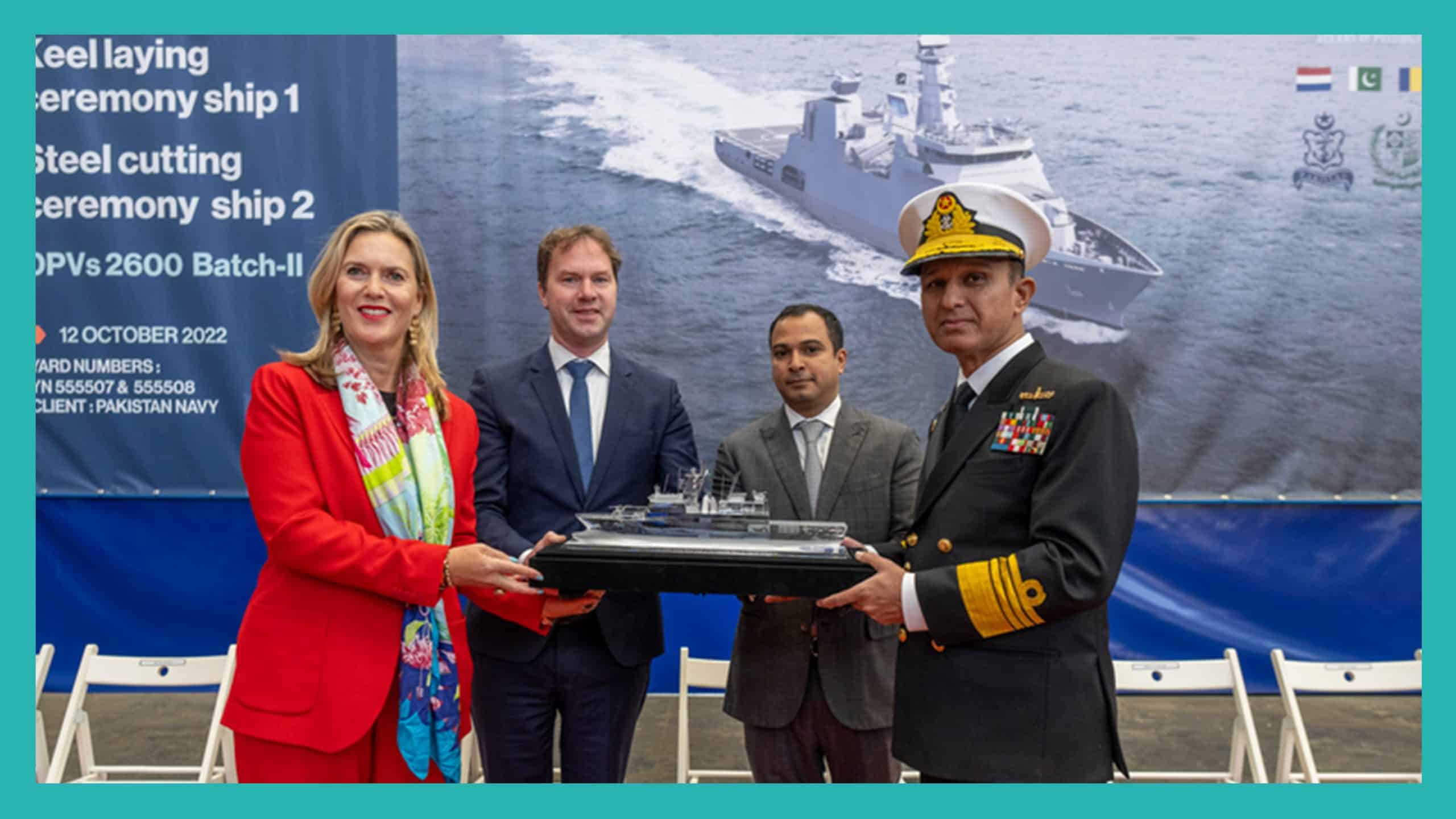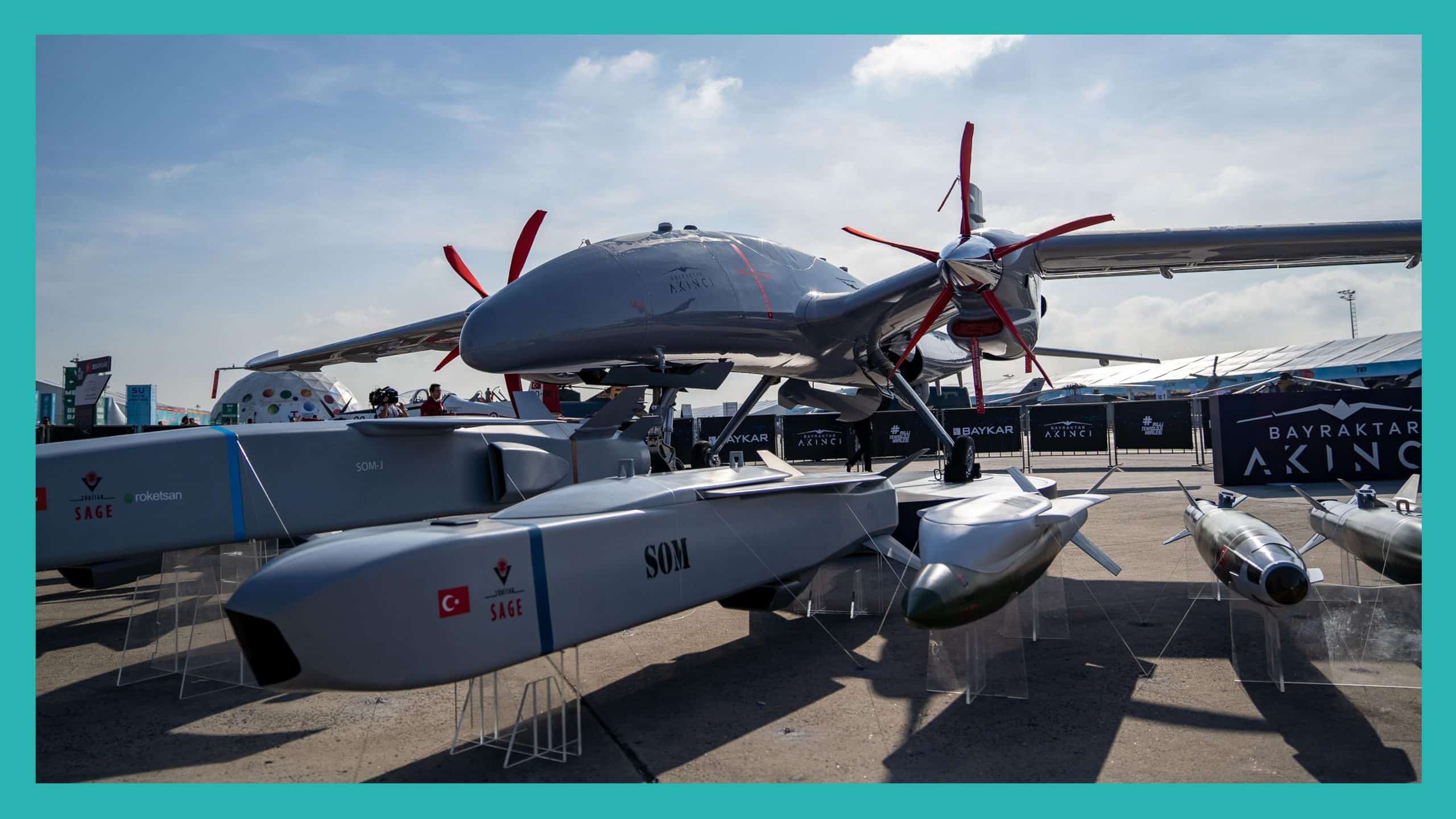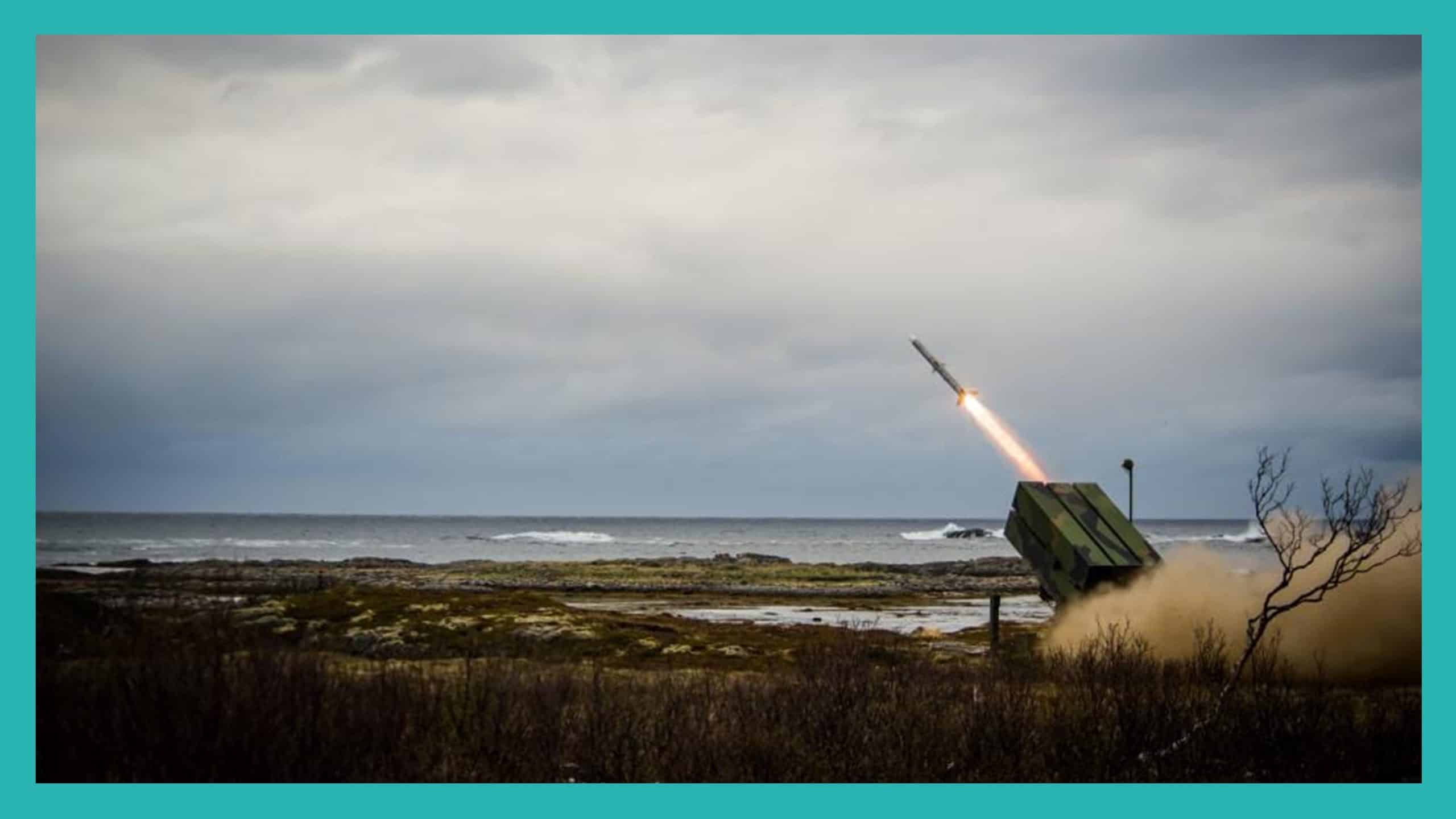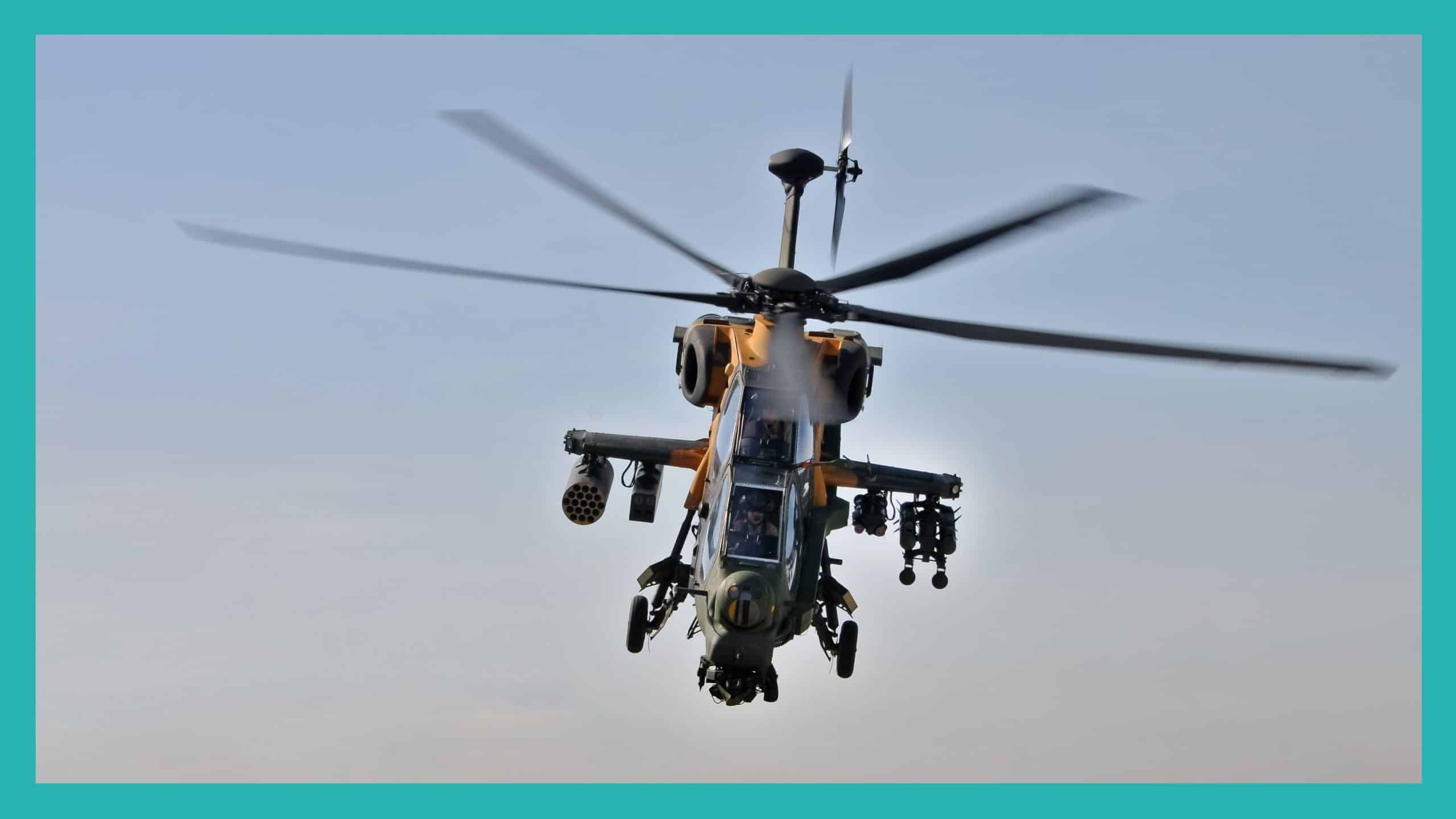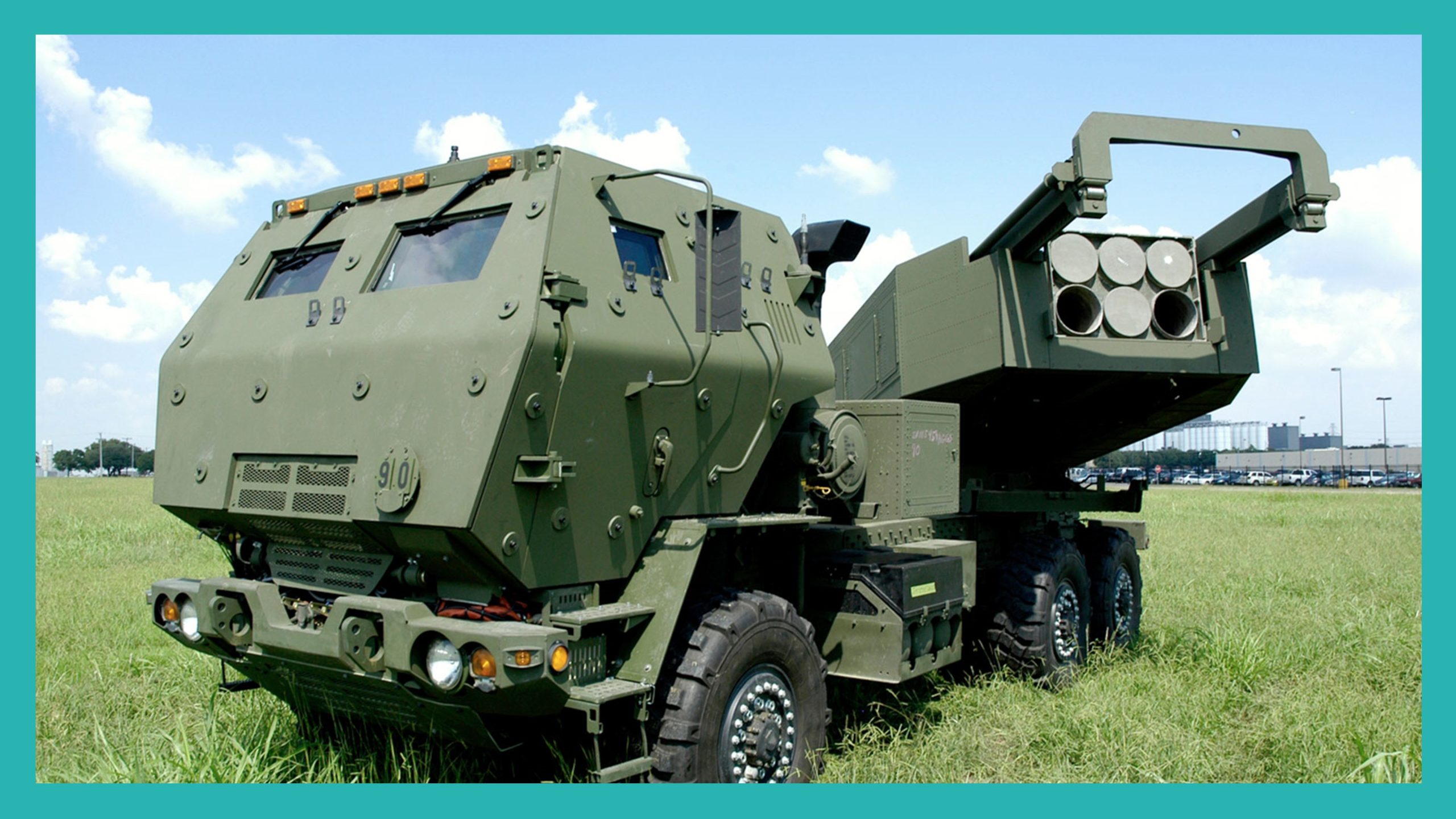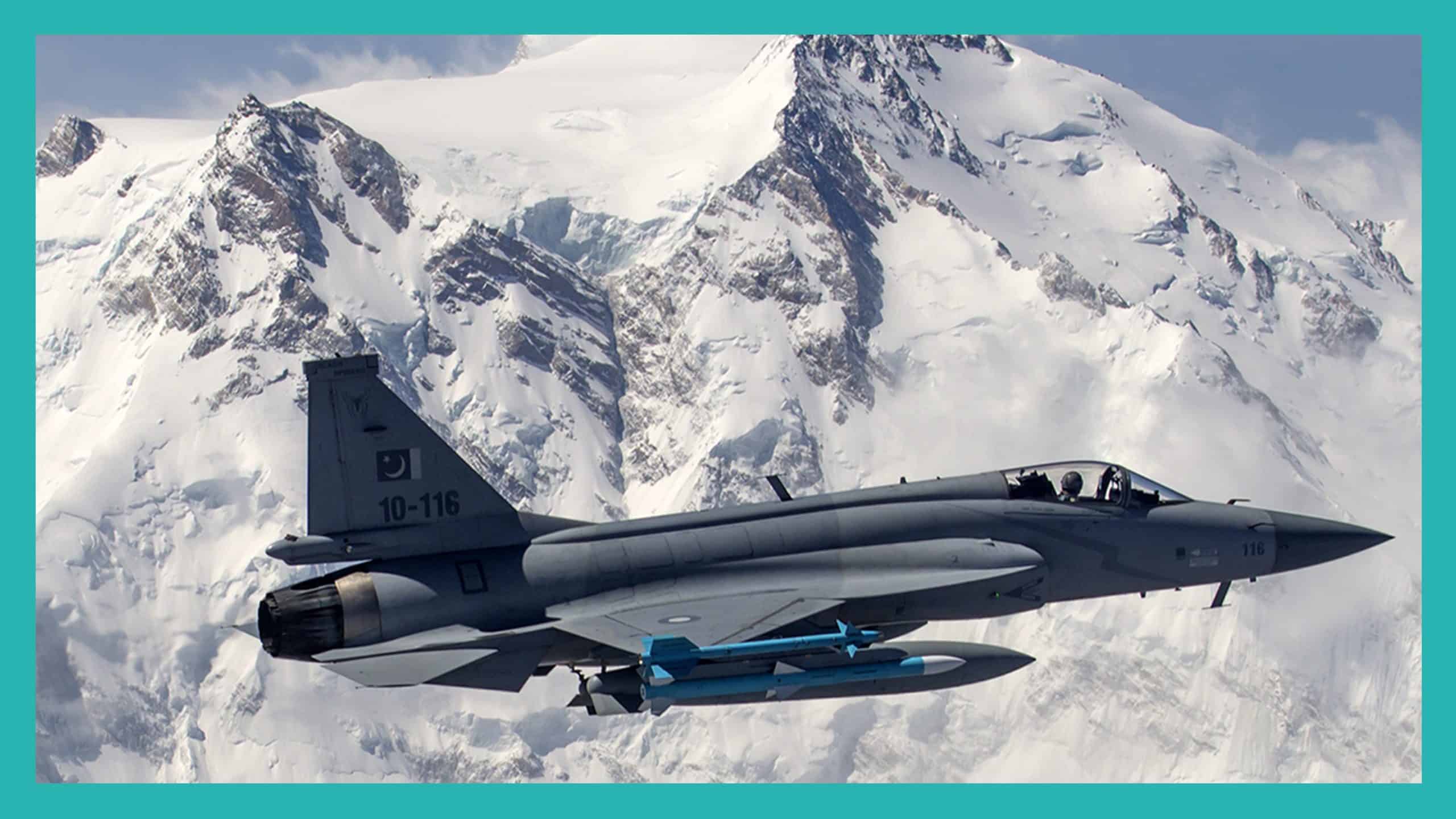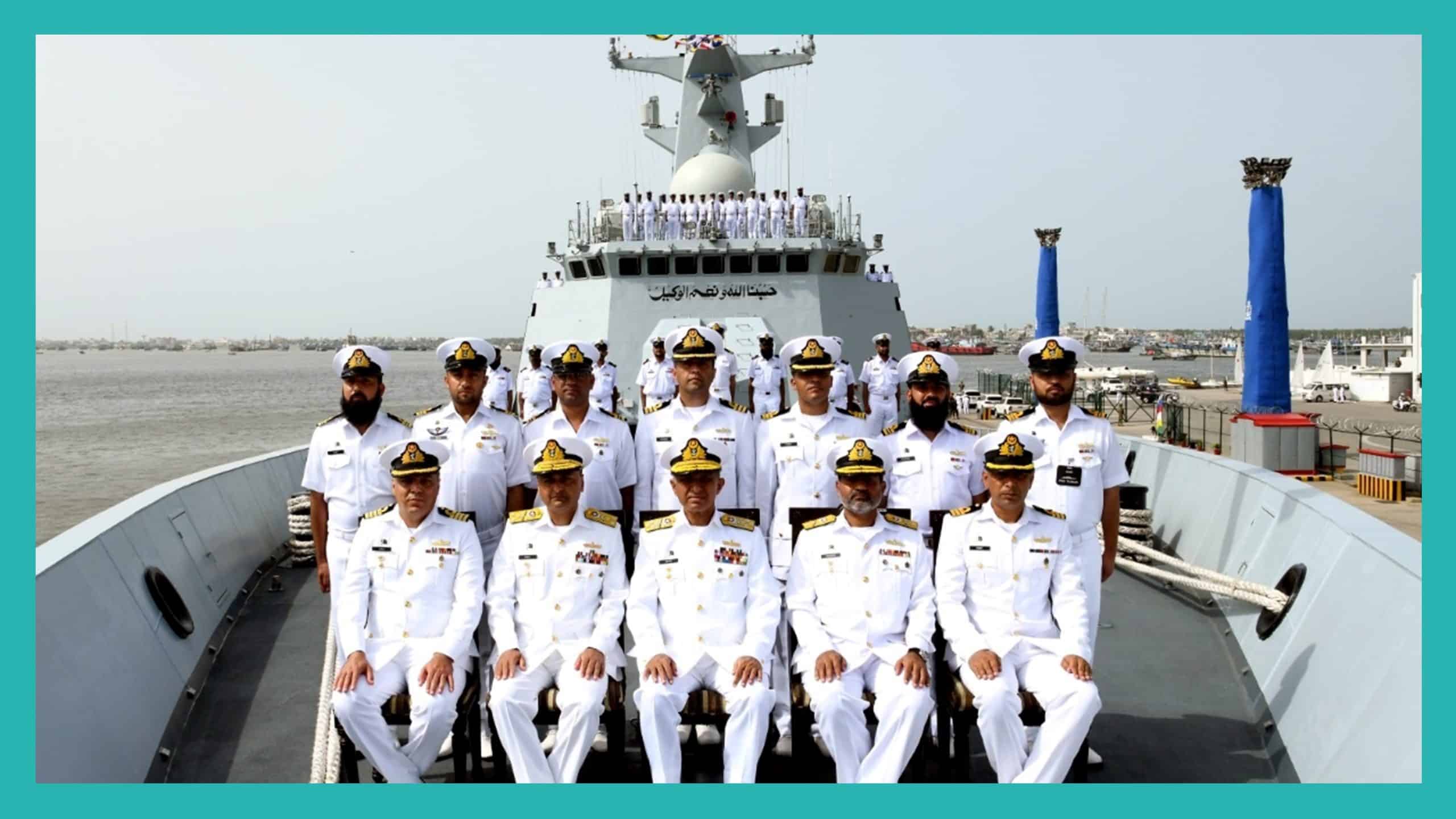The UK puts 14 C-130Js up for sale. Russia is leaning on Iranian drones. Pakistan Navy ships may be using a European VLS.
Baykar announced that it qualified the first Pakistan Air Force (PAF) operators for the Bayraktar Akıncı unmanned combat aerial vehicle (UCAV).
On October 06, Karachi Shipyards & Engineering Works cut the steel of the first of 20 new 38.8 metre patrol boats for the Pakistan Navy.
Ukraine is using short and medium-range anti-air missiles to deprecate Russia’s air power and, in turn, sustain its counteroffensives.
The US approves an F-16 maintenance package for Pakistan. Turkey is looking to revive the Pakistani T129 deal. Pakistan may be buying a Turkish submarine.
One of the key assets Ukraine has been using in its bid to reclaim territory has been the U.S-supplied M142 High Mobility Artillery Rocket System (HIMARS).
The JF-17 caters to countries that need a NATO-standard fighter tailored for NATO tactics in mind, but minus the restrictions of a NATO fighter.
Turkey wants to make a statement in the aerospace world, especially in 2023, in time for its 100th anniversary.
A look at top Pakistani defence news topics in the month of August 2022: Pakistan inducts its second Type 054A/P frigate; Turkey tests SIPER long-range SAM.
While it depends on the remaining life of the specific airframe, a used F-16 could offer a relatively capable and upgradable platform.

